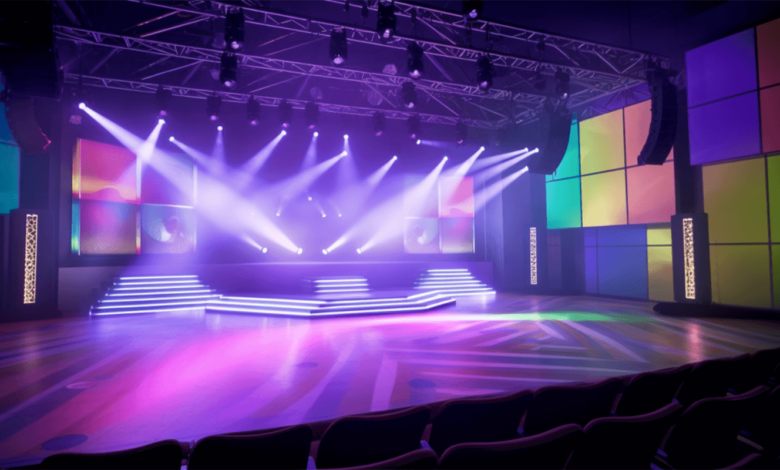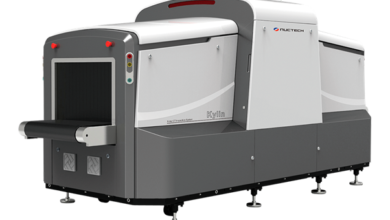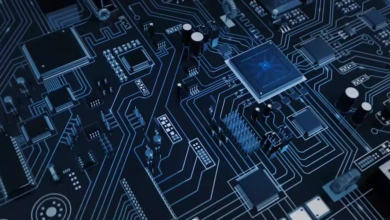Achieving Dynamic Lighting Effects with Professional Moving Stage Lights

When it comes to enhancing live performances, events, or concerts, moving stage lights are the ultimate tool for creating dynamic lighting effects. These versatile lights have revolutionized the world of stage lighting, allowing event organizers and designers to craft unforgettable experiences through motion, color, and intensity. In this article, we will explore how professional moving stage lights work, their benefits, and how to select the right equipment for your needs.
Understanding the Power of Moving Stage Lights
At the heart of any professional lighting setup, moving stage lights stand out due to their flexibility and functionality. Unlike traditional static lights, moving stage lights can be programmed to move in various directions, change colors, and adjust brightness levels. Whether you are hosting a concert, theater production, or corporate event, these lights offer the perfect blend of creative freedom and technical precision.
Moving stage lights utilize advanced motors and controls that allow them to pan, tilt, and swivel to highlight specific areas of the stage or create dramatic effects. They can be easily synchronized with music or other visual elements, making them essential in modern stage lighting setups. These lights are also perfect for creating effects such as washes, beams, and spotlights, which add a professional touch to any event.
Why Are Moving Stage Lights Essential for Live Performances?
Moving stage lights are integral to live performances for several reasons. First and foremost, they provide a dynamic element that transforms the visual presentation of any show. Traditional lighting setups are static, which limits the ability to direct light where it’s needed most during the performance. In contrast, moving stage lights can track performers or objects, enhancing key moments and building intensity throughout the event.
Secondly, moving stage lights offer versatility that cannot be matched by conventional lighting systems. They can shift between multiple lighting modes, ranging from soft, wide washes to sharp, focused beams. This adaptability allows lighting designers to adjust the atmosphere as the performance unfolds. Moreover, modern moving stage lights are often equipped with gobos and color wheels, which further enhance their ability to create visually captivating environments.
Choosing the Right Moving Stage Lights for Your Event
With so many options available in the market, it’s essential to know how to select the best moving stage lights for your event. When making your decision, consider factors such as the size of the venue, the type of event, and the desired lighting effects.
For larger venues, you may want to invest in higher-powered moving stage lights that offer extended coverage. These lights typically feature high lumen output, often exceeding 10,000 lumens, ensuring that the entire stage is illuminated effectively, even from great distances. Smaller venues, on the other hand, may benefit from more compact moving lights, which are easier to manage and still offer excellent lighting performance, typically around 2,000 to 5,000 lumens.
Another critical aspect to consider is the type of effect you wish to achieve. Some lights are designed primarily for wash effects, which cover large areas with uniform light, while others focus on creating narrow, intense beams. Beam moving head lights, for example, are specifically engineered to produce sharp, focused beams that can reach impressive distances, often exceeding 200 feet. For concerts and dynamic performances, a combination of these lights is often the best solution, allowing for both wide-coverage effects and tightly focused beams, enhancing the overall visual impact of the show.
Professional Benefits of Using Moving Stage Lights
One of the greatest advantages of moving stage lights is the ability to program custom light shows. Modern lighting controllers allow users to design and save complex sequences that synchronize with the music or action on stage. This level of precision helps elevate performances to new heights by adding an extra layer of coordination and polish.
Another significant benefit of moving stage lights is their energy efficiency. Many of the latest models use LED technology, which not only offers excellent brightness but also consumes significantly less power than traditional incandescent lights. This makes them an environmentally friendly choice that can reduce operational costs over time.
Finally, moving stage lights offer remarkable durability and longevity. Built with professional-grade materials, these lights are designed to withstand the rigors of frequent use in various settings, from outdoor festivals to indoor concerts. Investing in high-quality moving stage lights ensures reliable performance for years to come, making them a smart investment for anyone involved in live production.
How to Maximize the Impact of Moving Stage Lights
To get the most out of moving stage lights, it’s crucial to plan and design your lighting setup carefully. Work closely with your lighting designer to determine how the lights will interact with other stage elements, such as set design, video screens, and performers’ movements. Consider how lighting transitions can enhance dramatic moments or create seamless changes between scenes.
It’s also essential to experiment with different angles and positions to achieve the most visually stunning effects. For example, placing moving lights at different heights or angles can create depth and texture on stage, making the performance more immersive for the audience. Additionally, using lighting sequences that sync with audio cues can amplify the energy and emotion of the performance.
Frequently Asked Questions
1. What are moving stage lights?
Moving stage lights are versatile lighting fixtures that can move in various directions and offer a range of effects, such as changing colors, brightness, and beam shapes.
2. How do moving stage lights differ from traditional lights?
Traditional lights remain fixed in one position, while moving stage lights can pan, tilt, and rotate, offering greater flexibility in illuminating different parts of a stage or venue.
3. Can moving stage lights be used for small events?
Yes, moving stage lights come in various sizes and power capacities, making them suitable for both large-scale concerts and intimate events.
4. Are moving stage lights energy-efficient?
Many modern moving stage lights use LED technology, which is highly energy-efficient and has a longer lifespan compared to traditional lighting options.
5. How do I control moving stage lights?
Moving stage lights are typically controlled using a lighting console or DMX controller, allowing you to pre-program and adjust lighting effects during the event.
Conclusion
Moving stage lights are an invaluable tool in the world of event production. Their ability to add motion, color, and intensity to performances makes them a must-have for creating unforgettable experiences. Whether you’re planning a concert, theater production, or corporate event, investing in high-quality moving stage lights will undoubtedly enhance the overall impact and professionalism of your show. By selecting the right lights and carefully designing your lighting plan, you can transform any stage into a visually stunning spectacle.





